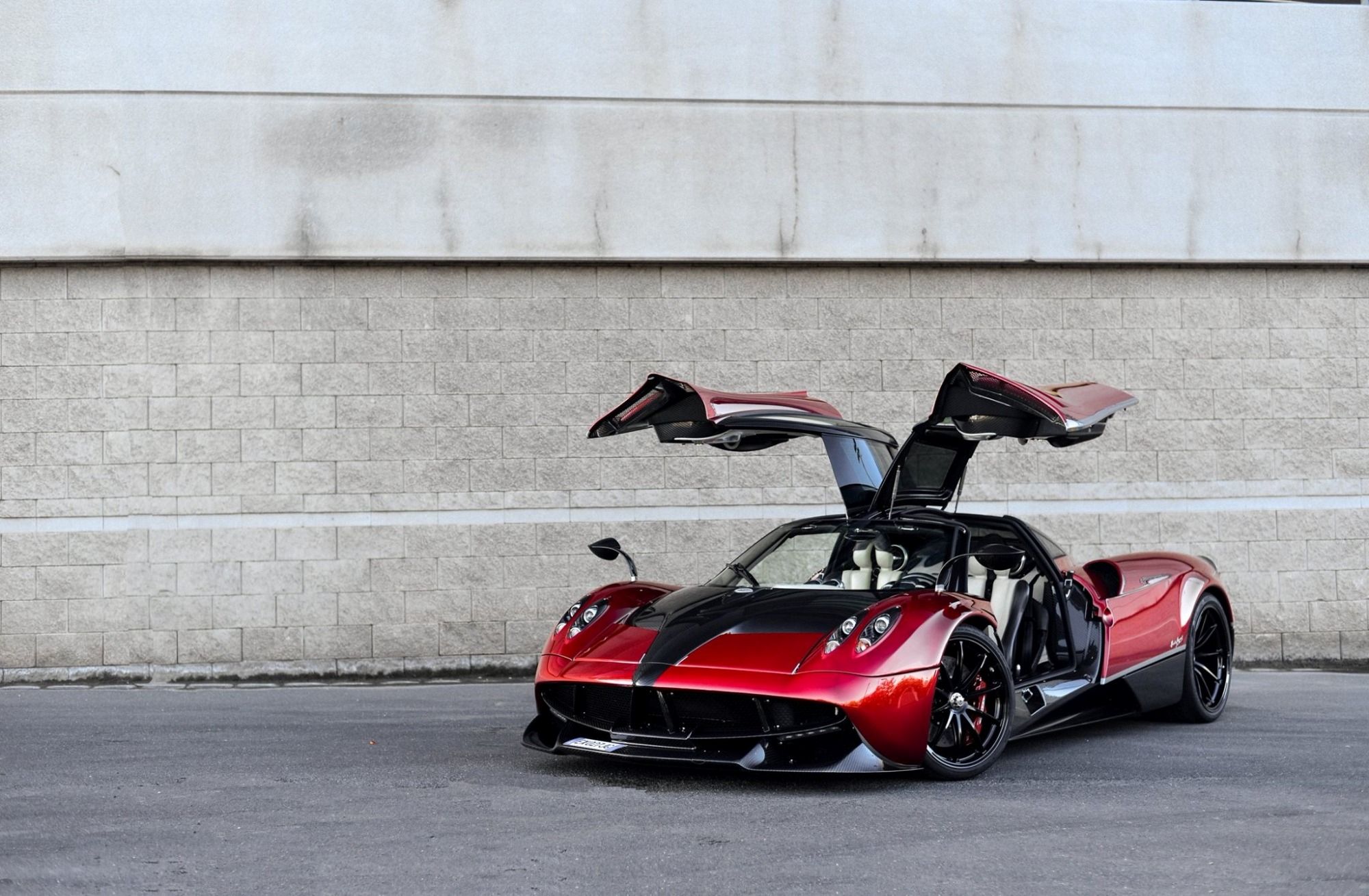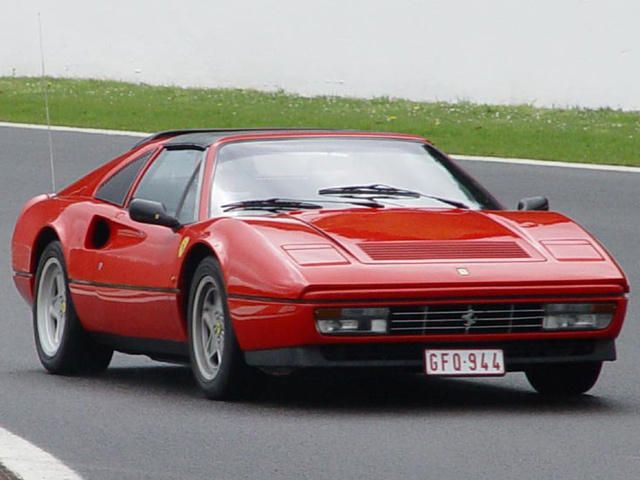
The 308 was the first production non-V12 Ferrari to actually wear a Ferrari badge, and it was a huge sales success for the brand. It was with this car that Ferrari finally started taking its smaller sports cars seriously, and just a quick glance at the 458 Italia shows that this attitude has paid off. The 308 taught Ferrari how to achieve and handle mainstream success, and it was followed up by a series of other big-selling models including some 12-cylinder models like the Testarossa.
The 308 GTB first debuted in 1975. It was related to the Dino 308 GT4, but was designed to actually be a replacement for the Dino 246, which had been in a role people had mistakenly believed was the purpose of the GT4 when it debuted two years earlier. The 308 GTB was a proper two-seat mid-engine sports car. In place of the controversial and angular Bertone bodywork on the GT4, the GTB saw a return to a Pininfarina design. The bodywork was once again swooping and the kind of curvy which Ferrari preferred for its cars. This helped to make it more obvious that the GTB was the actual replacement for the Dino 246.
The engine was the same one found in the GT4, a 3.0-liter alloy V8 with a bank of four two-barrel Weber carburetors nestled in the 90 degree V. It produced slightly more horsepower in the GTB than it in the GT4, 255 horsepower versus 250, and it also featured a dry sump lubrication system for the first two years of production. For these first two years of production, the 308 also had bodywork made entirely of fiberglass, making for an extremely low curb weight of just 2,315lbs. In 1977, there was a switch to a wet sump and a steel body, which added 331lbs. to the weight.
But the same year saw the introduction of the 308 GTS, a version of the car with a targa roof (the "S" stood for "Spyder"). But the car was still excellent, boasting a 0-62 time of 6.5 seconds and a top speed of 159mph. This being a time when the fastest production car yet built at the time (the Ferrari 365 GTB/4 Daytona) topped out at 174mph. Horsepower would take a dip down to 214 in 1980 when a Bosch K-Jetroic mechanical fuel injection was added to help cope with new emissions standards. This was then counteracted in 1982 when the "quattrovalvole" (four-valve) version of the engine debuted and bumped power back up to 240 horsepower.
The 308 was loved by the automotive press, and would achieve further fame on the show "Magnum P.I." But the definitive review was written for Car and Driver by P.J. O'Rourke and reprinted in Republican Party Reptile. It is, in this author's opinion, one of the finest pieces of automotive writing ever, and it describes a cross-country trip in a 308 which took place in 1979. Part of this story tells of a highly illegal street race against a Porsche 930 which ended thusly: "He was as game as anybody we came across and was hanging right on our tail at 120. Ah, but then - then we just walked away from him.
Five seconds and he was nothing but a bathtub-shaped dot in the mirrors. I suppose he could have kept up, but driving one of those ass-engined Nazi slot cars must be a task at around 225 percent of the speed limit." In 1985, the 308 was replaced, but not really, by the 328. Although it had a different model designation, the 328 was just a 308 with some tweaks to the bodywork and an enlarged engine. As the name suggests, displacement was up to 3.2 liters, and along with this came an increase to 270 horsepower. The 0-62 time was down to 5.5 seconds and the top speed went up to 166mph.
This was the last mid-engine V8 Ferrari with a transverse engine, but the move away from this setup wasn't due to a lack of popularity. By the time the 328 was replaced by the 348 in 1989, a total of more than 20,000 combined units of the 308 and 328 had been produced, about 12,000 of them 308s. In other words, the 308 was hugely important to Ferrari. Since the time of the 308, Ferrari's V8 models have really been what has carried the company. It also showed the public that a V12 isn't the only thing that makes a Ferrari great.
To this day, the 328 is deemed the most reliable of all Ferraris as well, and both the 308 and the 328 are relatively easy to work on, since regular maintenance doesn't require that you remove the engine. A 308 in good condition can be bought today for somewhere around $20,000. Might be something to think about.

